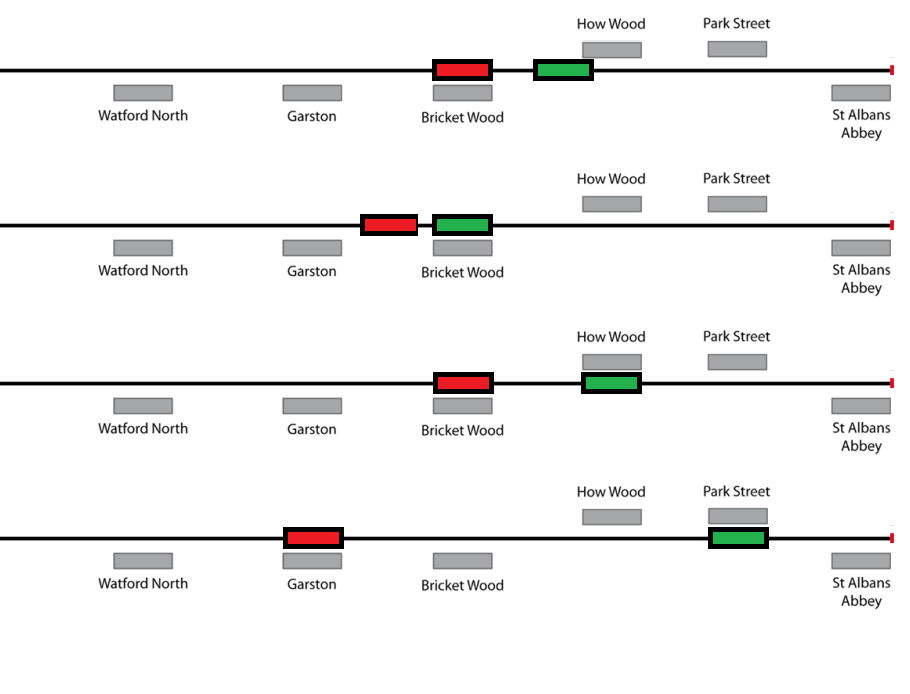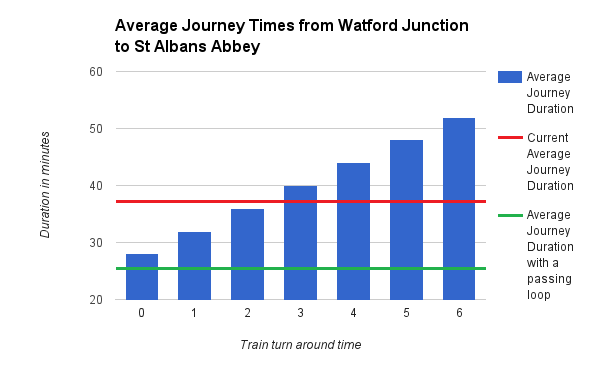
Start with Why: How Great Leaders Inspire Everyone to Take Action by Simon Sinek
My rating: 4 of 5 stars
The book presents the Why, What, How model and how this applies to businesses. Businesses where the products that they produce and how they produce them echo the why the company exists have a much clearer and easier to understand message for customers and employees to understand and to be passionate about. The book presents an easy way to imagine this which he terms the celery test.
The Celery Test – the example presented is if you go to the supermarket and have celery, rice milk, Oreos and M&Ms in your basket if someone looks at this they would have no idea why you are buying them. If your why was to be healthy then you would only buy the celery and rice milk. Now imagine that these different items are products or ideas, if you have lots of different products but they don’t follow your why then people will have no idea why you are making all of these products where as if you start with why and if everything reinforces your why then it is extremely clear to people what your companies Why is.
There were a number of interesting stories in the book talking about people such as Steve Jobs and Apples why of revolutionising through technology, Martin Luther King and his I have a dream not I have a plan speech, and more.
One thing which was really interested was how commodity products only differentiate each other on the smallest of additional features. People are not passionate about companies which produce commodity products, they buy them purely on a comparison basis next to another product. This is a fine bussiness but it will never be an amazing business.
The most interesting thing for me was why bussiness succession often fails. If you think about Bill Gates stepping down and Steve Ballmer taking over, Bill is strongly a why person but he needs what and how people around him to succeed. Steve appeared to be a natural successor, knowing the bussiness inside and out but Steve was not a Why person, he was a what and how person and as such when he took over he was not someone who was able to take on the role Bill provided at Microsoft – the why the company existed and its motivation for the future.


